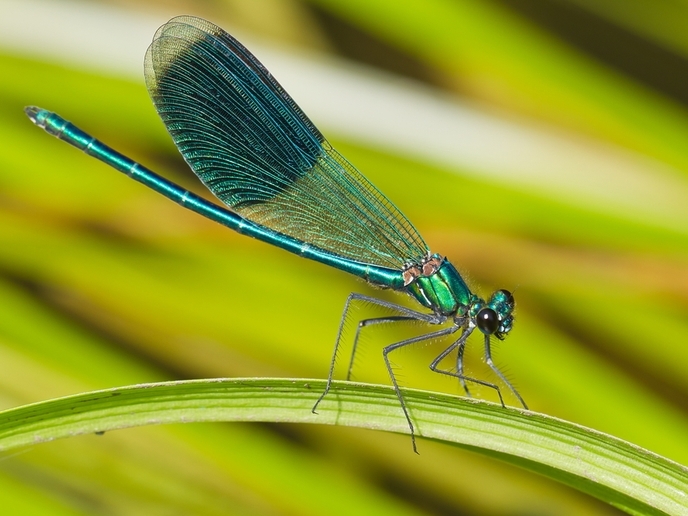Novel nutritional research approaches to address persistent ecological debates
Cooperation amongst members of a sociable species often requires behaviour such as caring for another individual's offspring in a communal group. This behaviour is an evolutionary puzzle since the offspring are not the brood-carer's own. The EU-funded INSSOCPLAS (Do nutritionally poor environments promote sociality? Testing a long-standing hypothesis in two socially plastic insect groups) project tested theories behind this type of sociality. INSSOCPLAS researchers studied a thrip species (Dunatothrips aneurae) that 'chooses' whether to be social or solitary depending on conditions. Their overarching hypothesis was that individuals are forced to help relatives breed when nutrition is poor and breeding success for solitary individuals is low. However, there was no correlation between such cooperative behaviour and nutritional value of the thrips' food source, an Acacia tree endemic to Australia. To determine whether nutrient-poor conditions indeed tip the reproduction balance in favour of one female, INSSOCPLAS analysed over 500 thrips' genetic relatedness and their offspring within and among more than 100 nests. This study provided insight into the genetic structure of thrip populations on trees with different nutritional compositions. Behavioural experiments and observations to explore alternative forms of cooperation amongst thrips were carried out. This led to a paper detailing the research and study of thrips in their environment and explaining the biology of a new species of socially parasitic thrips found living inside their nests. Research also showed that thrips displayed no defence behaviour. Project partners tested similar hypotheses on a bee species, the individuals of which decide whether to breed alone or to help their mothers reproduce. Comparing the thrip and bee species was designed to help determine the link between nutrition and choice of social versus solitary behaviour. Results were inconclusive. INSSOCPLAS led to a better understanding of the types of genetic conditions that favour social behaviour and shed considerable light on the biology of thrips and their poorly understood natural history. Scientists in the evolution, social behaviour and ecology fields stand to benefit from project outcomes.







